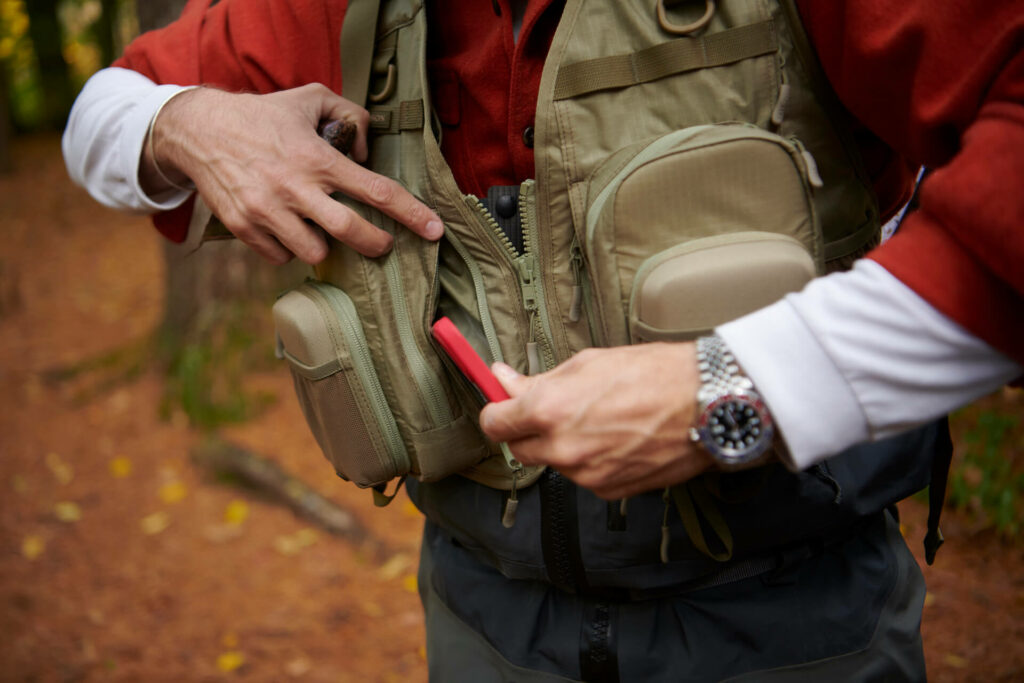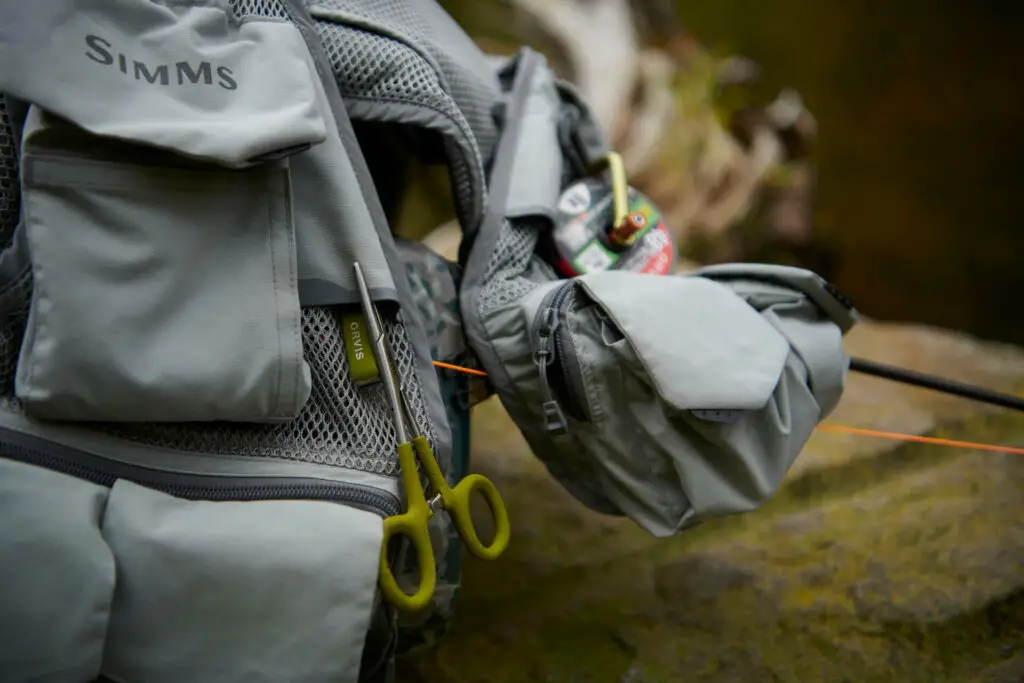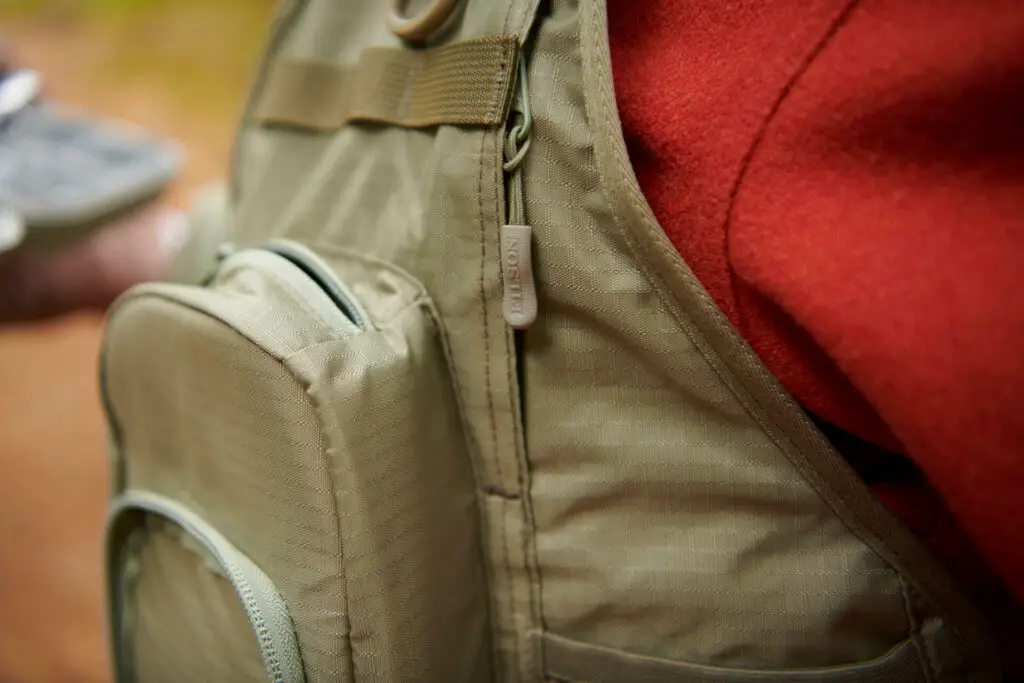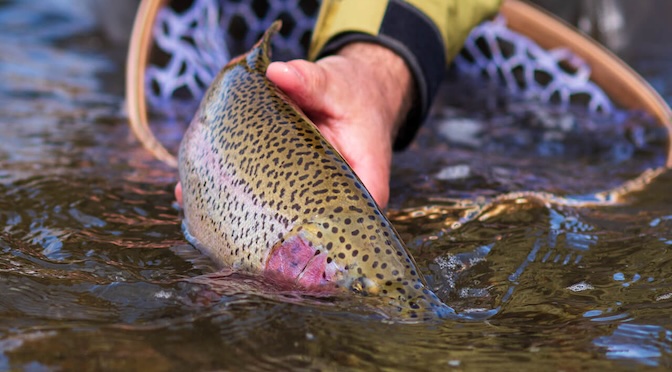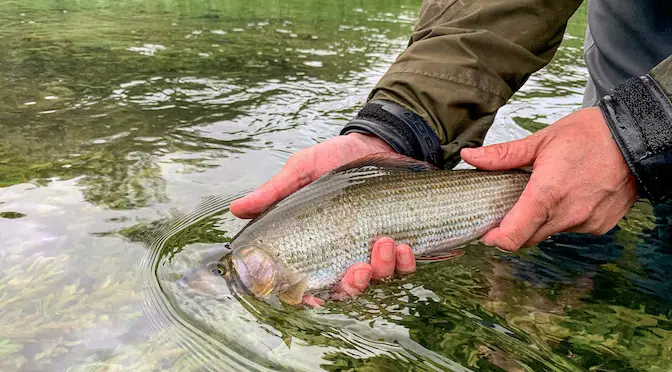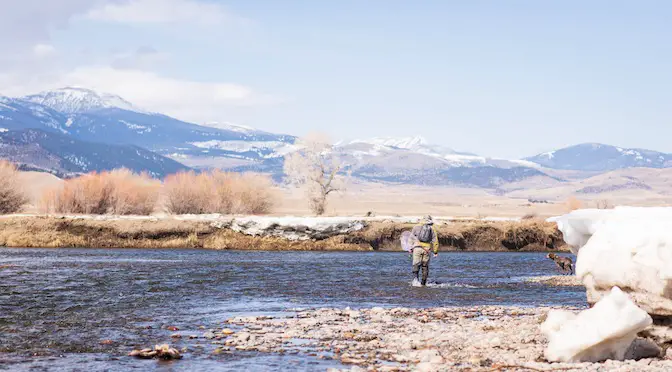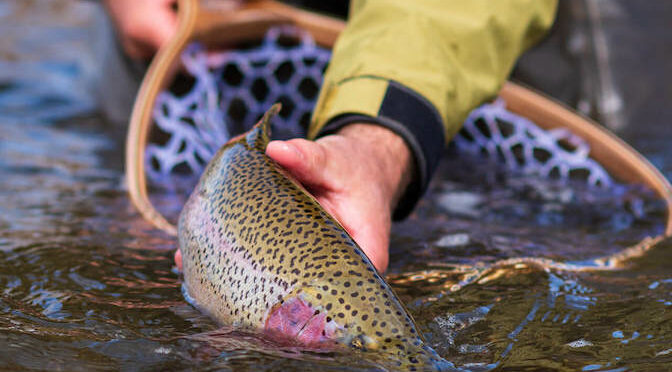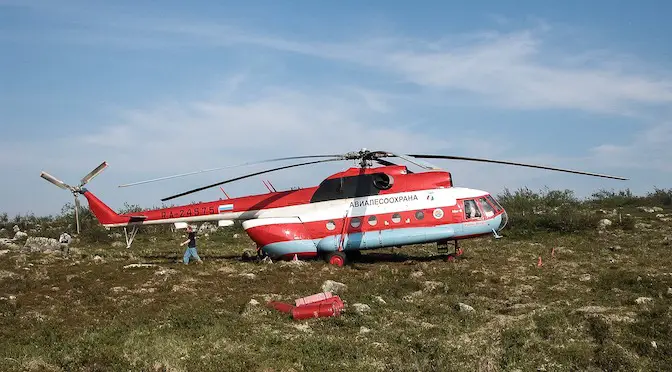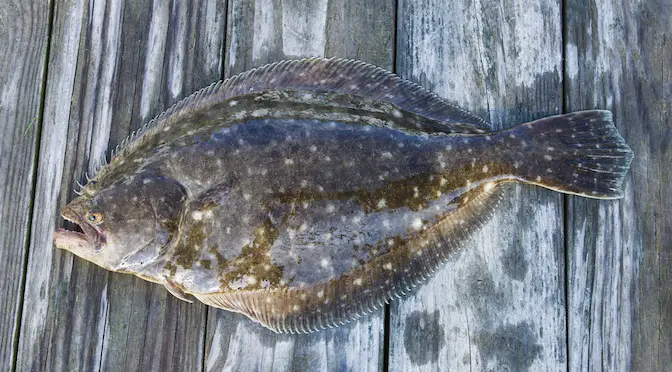- Wading Wisdom #13 – Simon Gawesworth - July 7, 2025
- On the Water with the Korkers Bantam Lite - June 26, 2025
- How to Find Trout in Rivers & Streams Anywhere - June 13, 2025
Fly fishing is more than just a hobby; it’s a way of life for many anglers.
They cherish the tranquility of the water, the art of casting a fly, and the thrill of the catch. To fully immerse yourself in this world, having the right gear is paramount, and a fly fishing vest is one piece of equipment that no angler should be without. These versatile garments are purpose-built to keep your fishing essentials organized, accessible, and ready for action while you’re on the water. In this article, we’ll delve into the essential features of a fly fishing vest, highlighting why it’s an indispensable companion for anglers.
Pockets Galore: The Heart of the Vest

One of the most defining features of a fly fishing vest is the plethora of pockets it offers. These pockets serve as the command center for your fishing gear, providing dedicated storage for a variety of essentials. Here are some pocket types commonly found in fly fishing vests:
Fly Boxes Pocket: This is perhaps the most critical pocket. It’s designed to hold your fly boxes, ensuring that your assortment of flies is always within arm’s reach. Look for a pocket with multiple compartments and ample space to accommodate various fly sizes and types.
Tippet Spool Holders: Tippet spools are essential for quick leader changes. Some vests feature tippet holders or elastic loops that keep your tippet material organized and easily accessible.
Accessory Pockets: Smaller pockets are often strategically placed to store accessories like forceps, nippers, and hemostats. These pockets usually have secure closures to prevent items from falling out.
Large Bellows Pockets: These roomy, expandable pockets are ideal for carrying larger items, such as fly line dressing, indicators, or even a small first aid kit. They often have snap or zip closures for added security.
Zipped Chest Pockets: Many vests include zippered chest pockets where you can stash valuables like your phone, wallet, or fishing license. These pockets provide a secure place to keep items dry and protected.
Back Pockets: Some vests come with back pockets, which are great for carrying a lightweight rain jacket or additional gear. These pockets are typically larger and can be accessed from both sides of the vest.
Attachment Points and D-Rings: A Place for Everything
In addition to pockets, attachment points and D-rings are essential features that enhance the versatility of a fly fishing vest. These features allow you to secure tools, accessories, and other items without overloading your pockets. Here’s how they come into play:
D-Rings: D-rings are strategically placed on the vest, offering attachment points for tools, retractors, or accessories like floatant holders. They provide quick and easy access to essential gear, ensuring you spend more time fishing and less time searching for your tools.
Tabs and Loops: Some vests come with tabs or loops designed to hold tools or accessories. Common examples include forceps holders, floatant holders, and rod holder loops. These tabs and loops keep your gear organized and readily available.
Accessory Attachment Points: Many vests feature additional attachment points for items like zingers, which are retractable gear holders. These attachment points prevent clutter and keep your tools accessible while preventing them from dangling.
Net Holders: A net holder is a handy addition for anglers who prefer to carry a landing net. It keeps your net securely in place, allowing you to retrieve it quickly when needed.

Comfort and Fit: Your Key to All-Day Comfort
Comfort and fit are paramount when choosing a fly fishing vest. You’ll likely spend long hours on the water, so a well-designed vest should provide both comfort and functionality. Here’s what to consider:
Adjustable Straps: Look for vests with adjustable side straps or tabs. These allow you to customize the fit, ensuring the vest doesn’t restrict your movement while providing a snug, secure feel.
Breathable Materials: For warm-weather fishing, vests made from breathable materials are a great choice. These materials wick away moisture and help keep you cool and comfortable on hot days.
Padded Shoulders: Some vests feature padded shoulders for added comfort, especially when carrying a heavy load of gear. Padded shoulders distribute the weight more evenly.
Lightweight Design: Fly fishing vests are typically lightweight to prevent fatigue during extended fishing trips. A lighter vest won’t weigh you down, making it comfortable to wear all day.

Ease of Use: A Vest That Works With You, Not Against You
A well-designed fly fishing vest should work seamlessly with your fishing style, allowing you to focus on the water and the fish. Here’s how ease of use comes into play:
Front Closure: Most vests feature a front closure, often a zipper combined with snap buttons or a quick-release buckle. This ensures a secure and adjustable fit, making it easy to put on and take off.
Accessible Pockets: The placement of pockets is critical. They should be easily accessible without contorting your body. A good vest ensures that your gear is within arm’s reach, so you don’t have to fumble or twist to access what you need.
Cinch Cords: Some vests come with cinch cords at the waist, allowing you to adjust the fit for added comfort and security. These cords can help keep the vest in place during active casting and wading.
Quick-Drying Materials: Fly fishing often involves getting wet. Vests made from quick-drying materials are a smart choice because they won’t stay soggy for long, even after an accidental dunk in the water.
Additional Features: Tailored to Your Needs
While the features mentioned above are fundamental, many vests offer additional features tailored to specific fishing scenarios and preferences. Here are some examples:
Hydration Bladder Compatibility: Some vests come with a compartment or a sleeve for a hydration bladder, allowing you to stay hydrated on long fishing trips without carrying an extra water bottle.
Built-In Fly Patch: A built-in fly patch provides a convenient place to temporarily store flies while you switch out your setup or make adjustments.
Safety Whistle: A few vests include an integrated safety whistle, which can be useful for signaling in emergencies or attracting attention if needed.
Rod Holder Loops: If you prefer to carry a spare fly rod on your back, look for vests with rod holder loops that secure your rod in place.
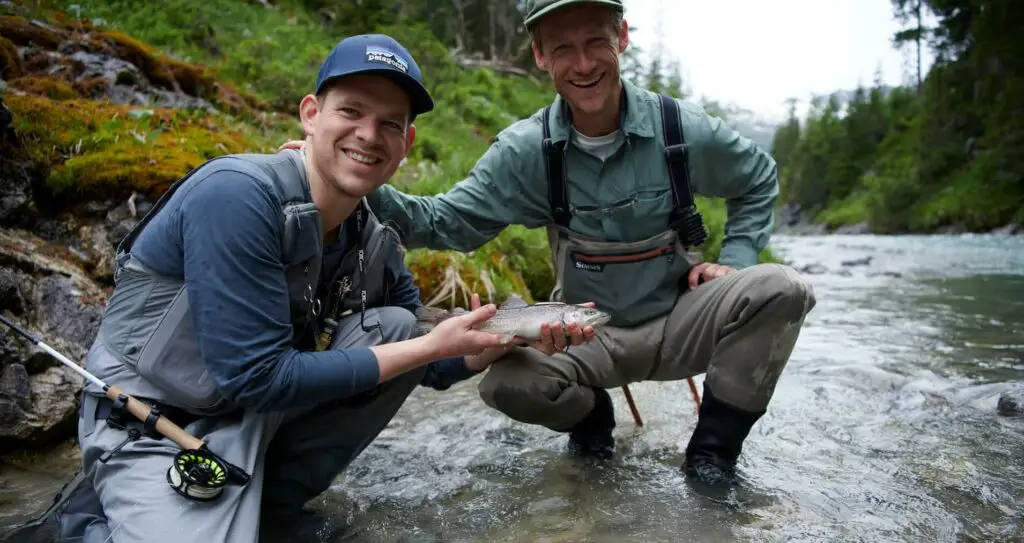
Conclusion: Your Trusted Fishing Companion
In the world of fly fishing, where precision and organization are key, a fly fishing vest stands as an essential piece of gear. With its pockets, attachment points, comfort features, and ease of use, it transforms you into a well-prepared angler, ready to tackle any fishing scenario with confidence.
FAQs: Important Features Fly Fishing Vest
Why do I need a fly fishing vest?
A fly fishing vest is essential for keeping your fishing essentials organized and easily accessible while you’re on the water. It allows you to carry and manage your flies, tools, tippets, and other gear, ensuring a more enjoyable and efficient fishing experience.
How do I choose the right size for a fly fishing vest?
To choose the right size, measure your chest and refer to the manufacturer’s sizing chart. Ensure that the vest provides a snug fit without being too tight, allowing for comfortable movement during fishing.
Can I wear a fly fishing vest over my waders or rain jacket?
Yes, many fly fishing vests are designed to be worn over other layers, such as waders or rain jackets. Look for a vest with a roomy fit that accommodates layering comfortably.
Are fly fishing vests suitable for warm-weather fishing?
Yes, fly fishing vests are available in various styles, including lightweight and breathable options suitable for warm weather. These vests are designed to wick away moisture and keep you cool on hot days.
What should I do to clean and maintain my fly fishing vest?
Cleaning and maintaining your fly fishing vest is essential for its longevity. Follow the manufacturer’s care instructions, which often include spot cleaning with mild detergent and gentle hand washing. Ensure the vest is dry before storing your fishing gear to prevent moisture-related issues.

